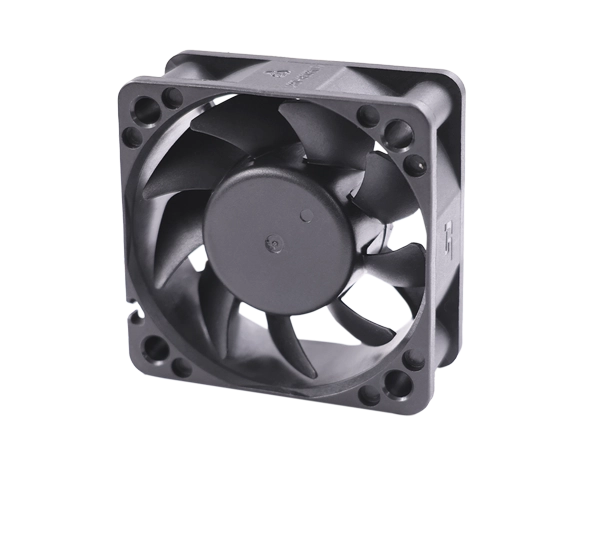The 12V 50mm fan has become a cornerstone of thermal management in the information and communication technology (ICT) sector. As devices become smaller yet more powerful, the density of electronic components continues to increase. This results in higher localized temperatures that, if not properly managed, can lead to performance degradation, signal interference, or even hardware failure. Effective thermal regulation is no longer an afterthought—it is an integral part of system architecture. The 12V 50mm fan, with its compact footprint and powerful performance, provides an efficient and cost-effective solution for active cooling in tight spaces. From network switches and routers to optical transmission units and edge computing nodes, this fan type is widely used across a range of telecom and data communication equipment. Its compatibility with 12V power rails, which are ubiquitous in ICT environments, makes it an ideal solution for streamlined integration and consistent operation.

Meeting Thermal Demands in ICT with the 12V 50mm Fan
Electronic devices in the ICT field operate continuously, often in sealed or poorly ventilated enclosures. This constant operation generates a significant amount of heat, especially around power regulators, processors, transceivers, and memory modules. Without appropriate cooling, even slight temperature increases can shorten component lifespan and cause unpredictable failures in high-speed communication circuits.
The 12V 50mm fan is uniquely suited to meet these challenges. Its small form factor allows it to be mounted directly over high-power ICs or heat-dense zones, providing focused airflow that actively dissipates heat from specific targets. Unlike passive heat sinks that depend on ambient convection, a 12V 50mm fan ensures constant air movement, even in vertically stacked environments such as telecom racks or 1U servers.
In communication systems like broadband access nodes or wireless base stations, thermal throttling due to inadequate cooling can drastically impair throughput and cause network instability. By incorporating a 12V 50mm fan, designers can maintain optimal thermal conditions across temperature-sensitive subsystems, thereby improving both system performance and equipment uptime.
Mechanical Integration of 12V 50mm Fan in Communication Equipment
Integrating a 12V 50mm fan into an ICT system involves several mechanical and thermal considerations that must be aligned with the device’s layout, enclosure design, and airflow path.
Placement and Mounting
Most 12V 50mm fan units come in a square housing with standardized mounting hole positions, allowing for easy integration onto enclosures, heatsinks, or bracketed panels. Because of their small size, these fans can be placed near thermally sensitive areas—such as near optical modules or power amplifiers—without obstructing other internal components. In multi-fan arrays, airflow direction and positioning are carefully engineered to create consistent flow across the entire chassis.
Thermal Coupling and Directional Airflow
In some cases, 12V 50mm fans are ducted or shrouded to direct airflow through narrow corridors or over heat sinks. This forced convection design ensures heat is drawn directly away from high-TDP (Thermal Design Power) components. Proper thermal coupling is achieved by aligning airflow with fin orientation or by using thermal gap fillers in tightly packed enclosures.
Structural and Vibration Considerations
Vibration damping is essential in communication devices that are wall-mounted, pole-mounted, or located on mobile equipment like satellite uplinks. Many 12V 50mm fans feature rubber isolation mounts to prevent resonance and reduce noise amplification. Reinforced housing and high-precision blade balancing contribute to mechanical stability, especially in systems exposed to frequent mechanical shocks or transport vibrations.
In the modern era of information and communication, thermal management is a mission-critical concern, and the 12V 50mm fan proves to be a vital asset in that effort. Its compact design, efficient power consumption, and high-performance cooling capacity make it indispensable across applications ranging from network infrastructure to edge computing nodes. By selecting the right 12V 50mm fan—one that matches airflow needs, acoustic limits, power budgets, and environmental constraints—designers can safeguard communication systems against thermal failure and optimize overall performance. As systems become more compact and powerful, this seemingly small fan continues to deliver a big impact, ensuring that the world's data keeps flowing without interruption.






